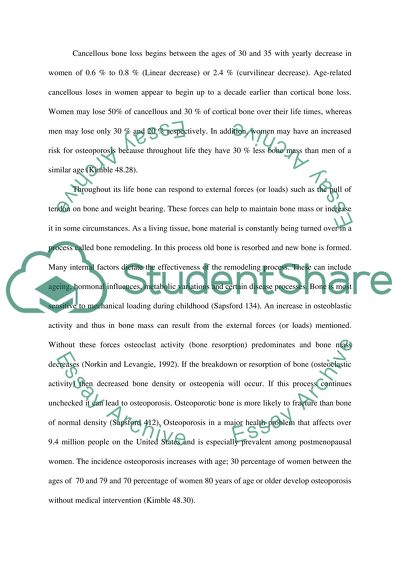Cite this document
(“Why women are more prone to knee injuries than men Essay”, n.d.)
Why women are more prone to knee injuries than men Essay. Retrieved from https://studentshare.org/miscellaneous/1513466-why-women-are-more-prone-to-knee-injuries-than-men
Why women are more prone to knee injuries than men Essay. Retrieved from https://studentshare.org/miscellaneous/1513466-why-women-are-more-prone-to-knee-injuries-than-men
(Why Women Are More Prone to Knee Injuries Than Men Essay)
Why Women Are More Prone to Knee Injuries Than Men Essay. https://studentshare.org/miscellaneous/1513466-why-women-are-more-prone-to-knee-injuries-than-men.
Why Women Are More Prone to Knee Injuries Than Men Essay. https://studentshare.org/miscellaneous/1513466-why-women-are-more-prone-to-knee-injuries-than-men.
“Why Women Are More Prone to Knee Injuries Than Men Essay”, n.d. https://studentshare.org/miscellaneous/1513466-why-women-are-more-prone-to-knee-injuries-than-men.


